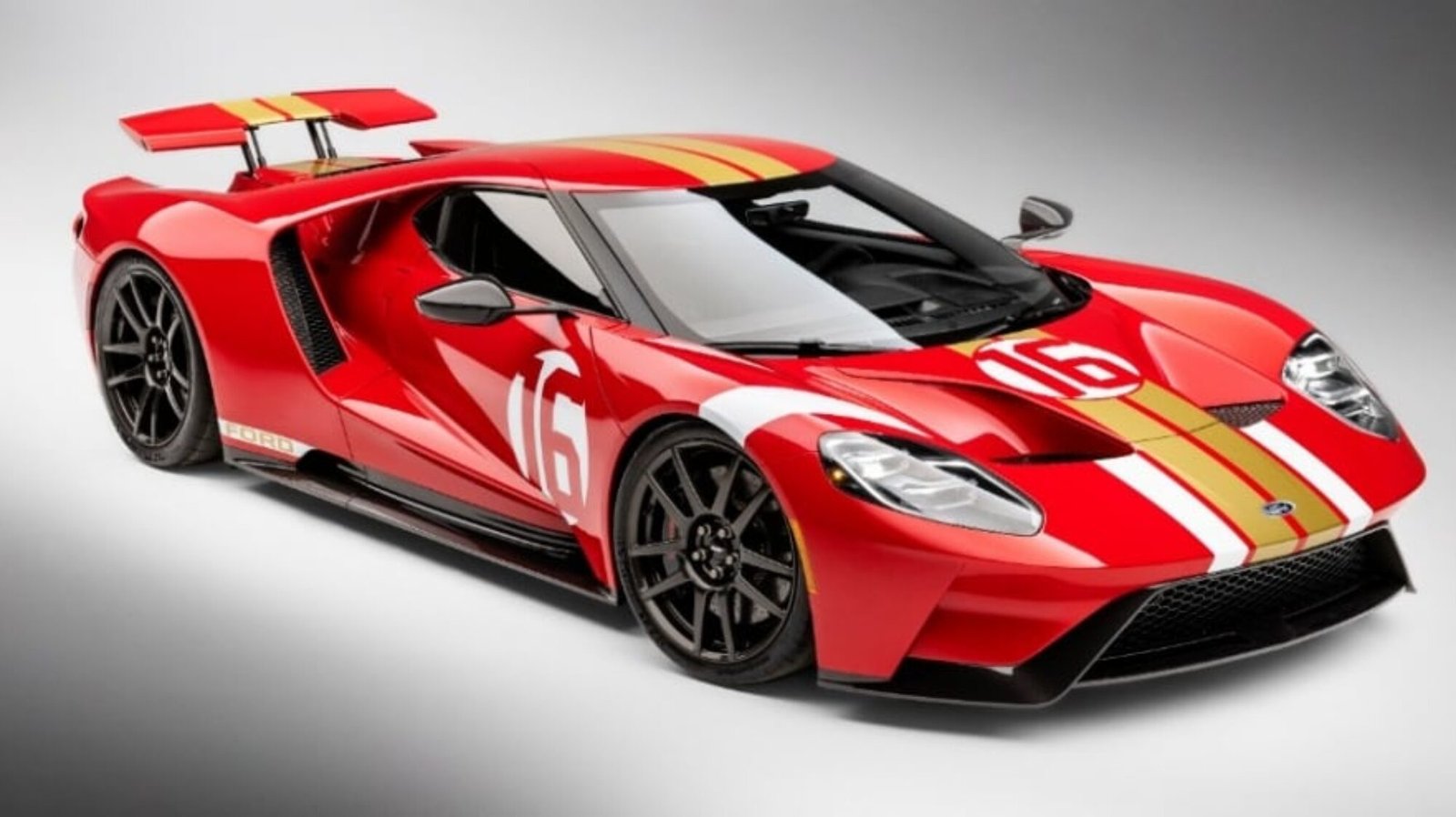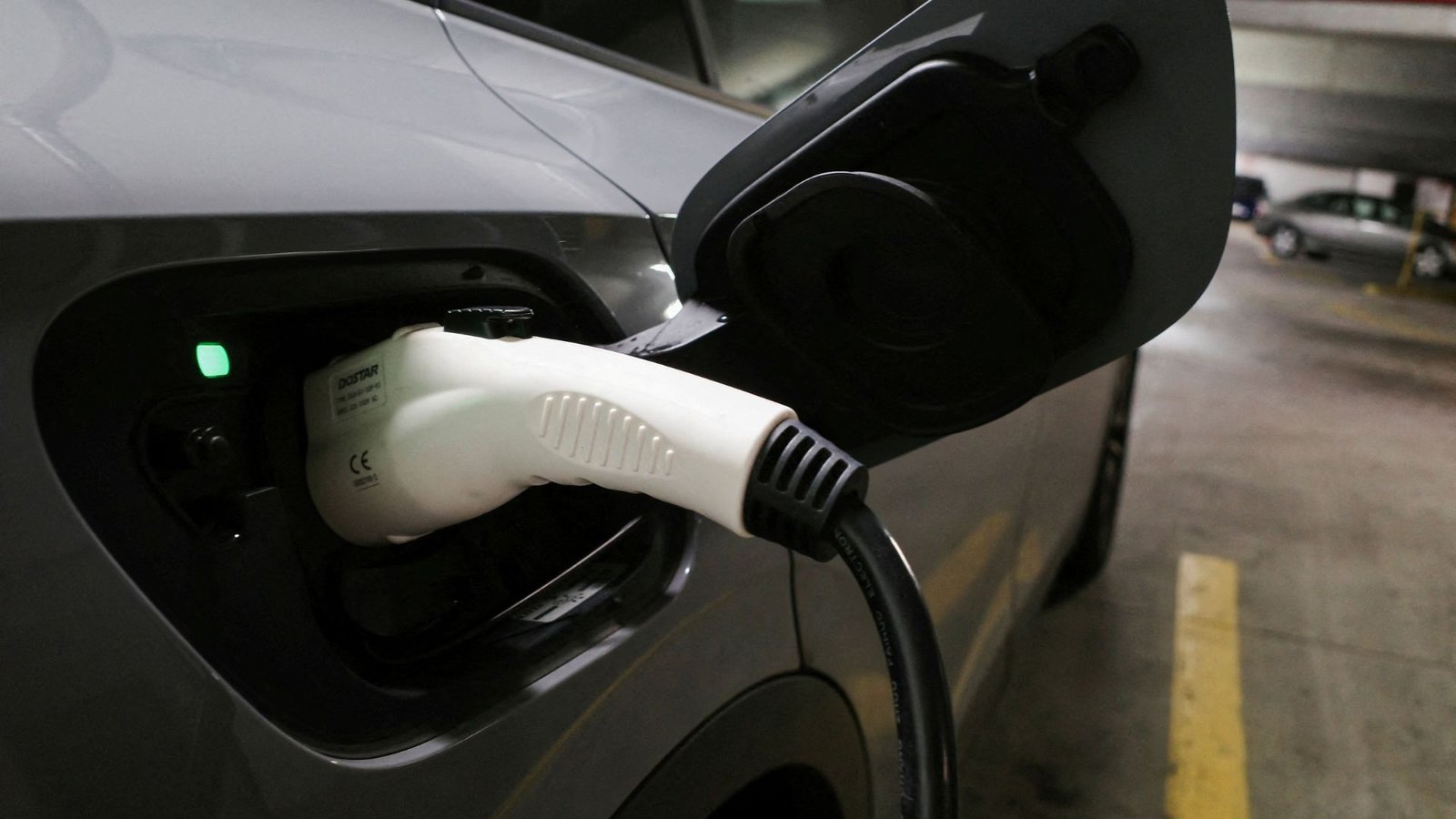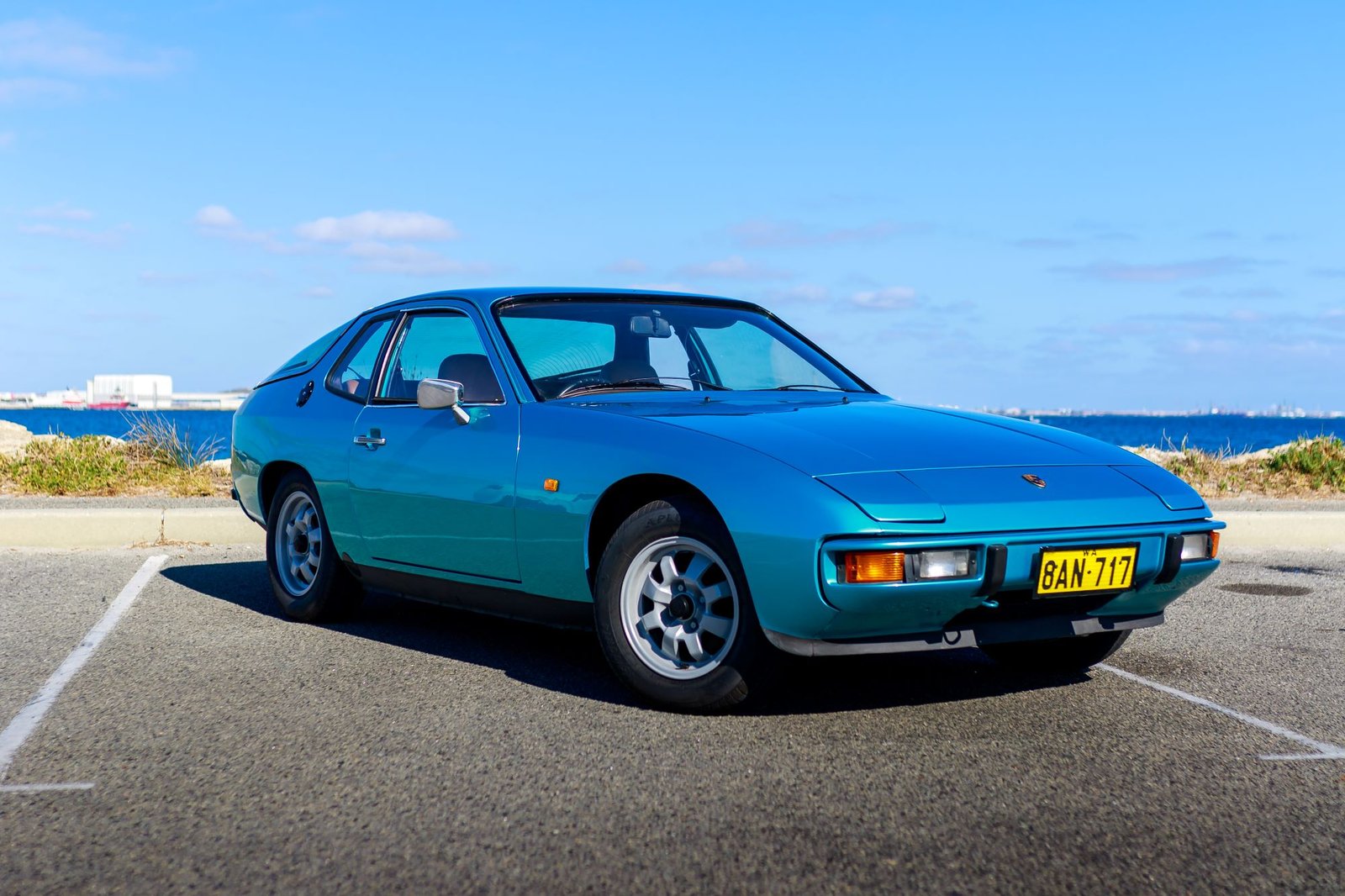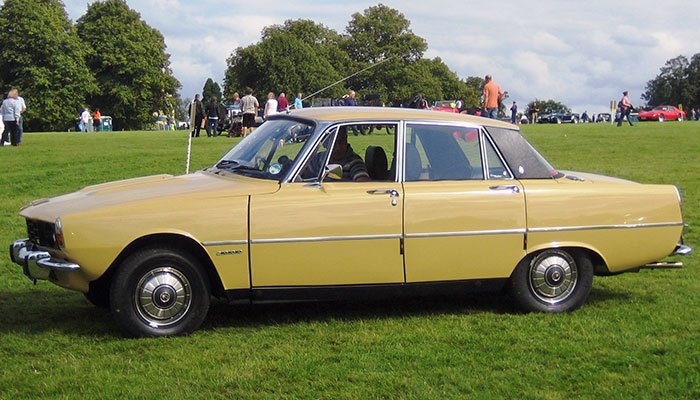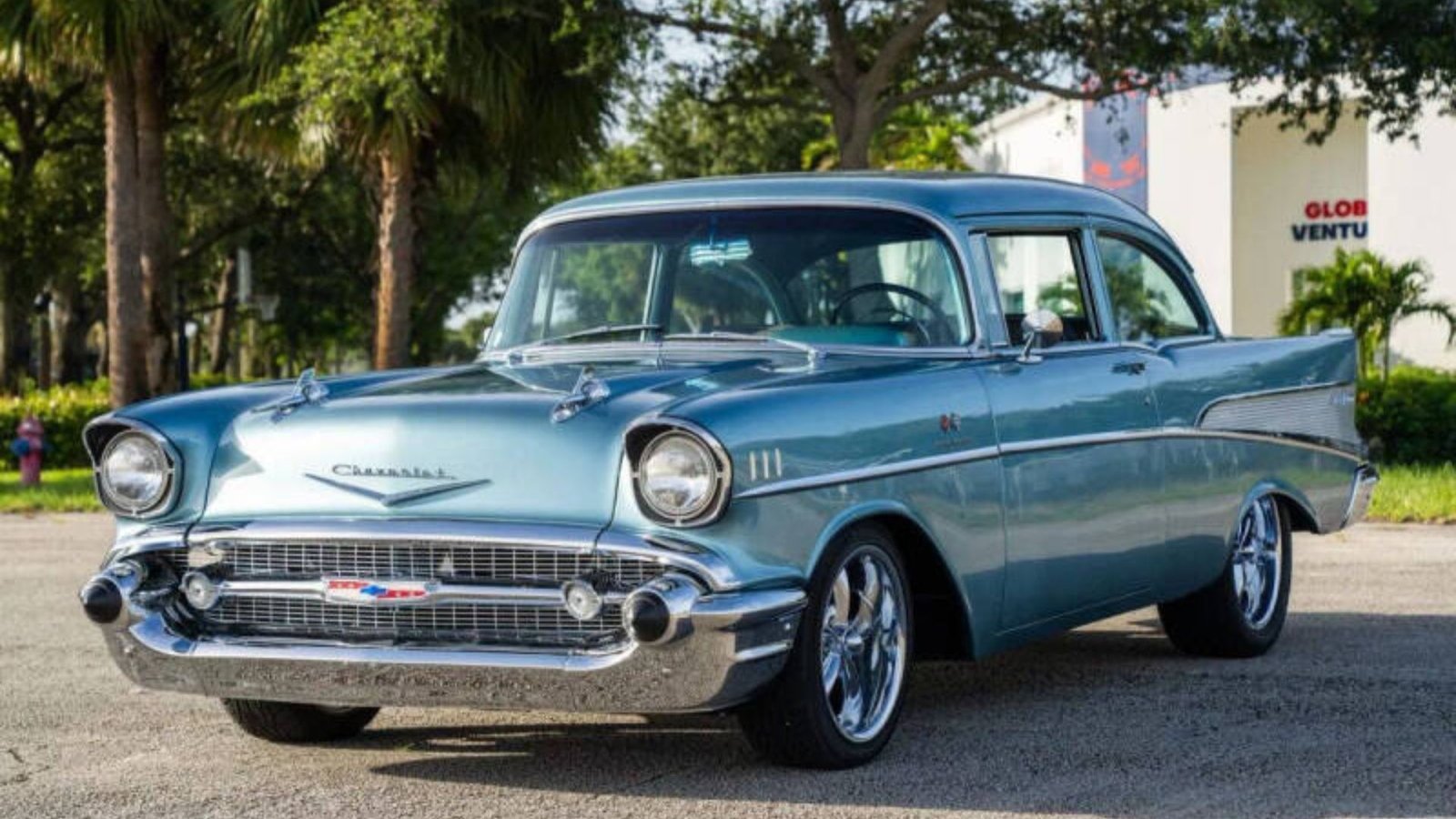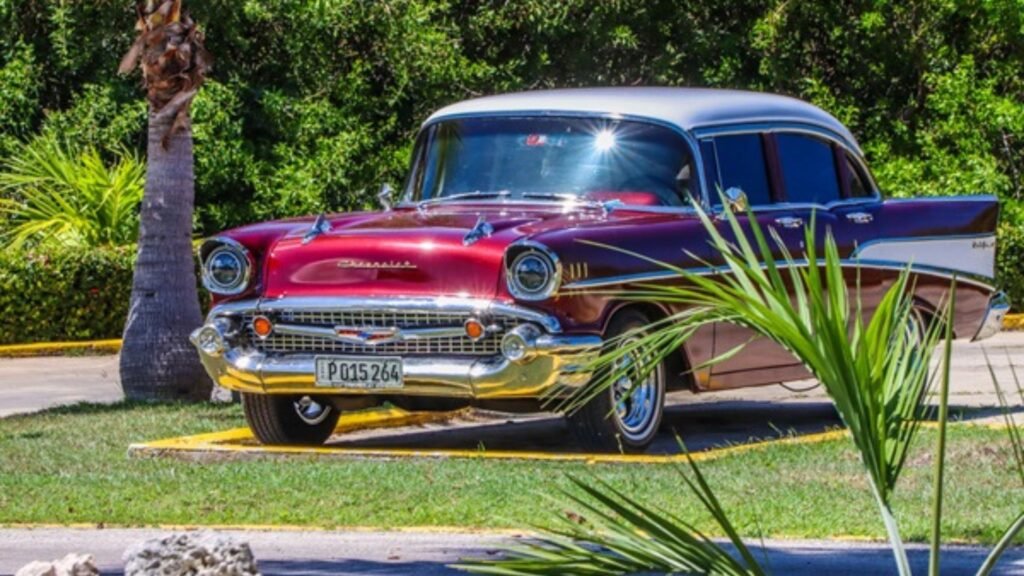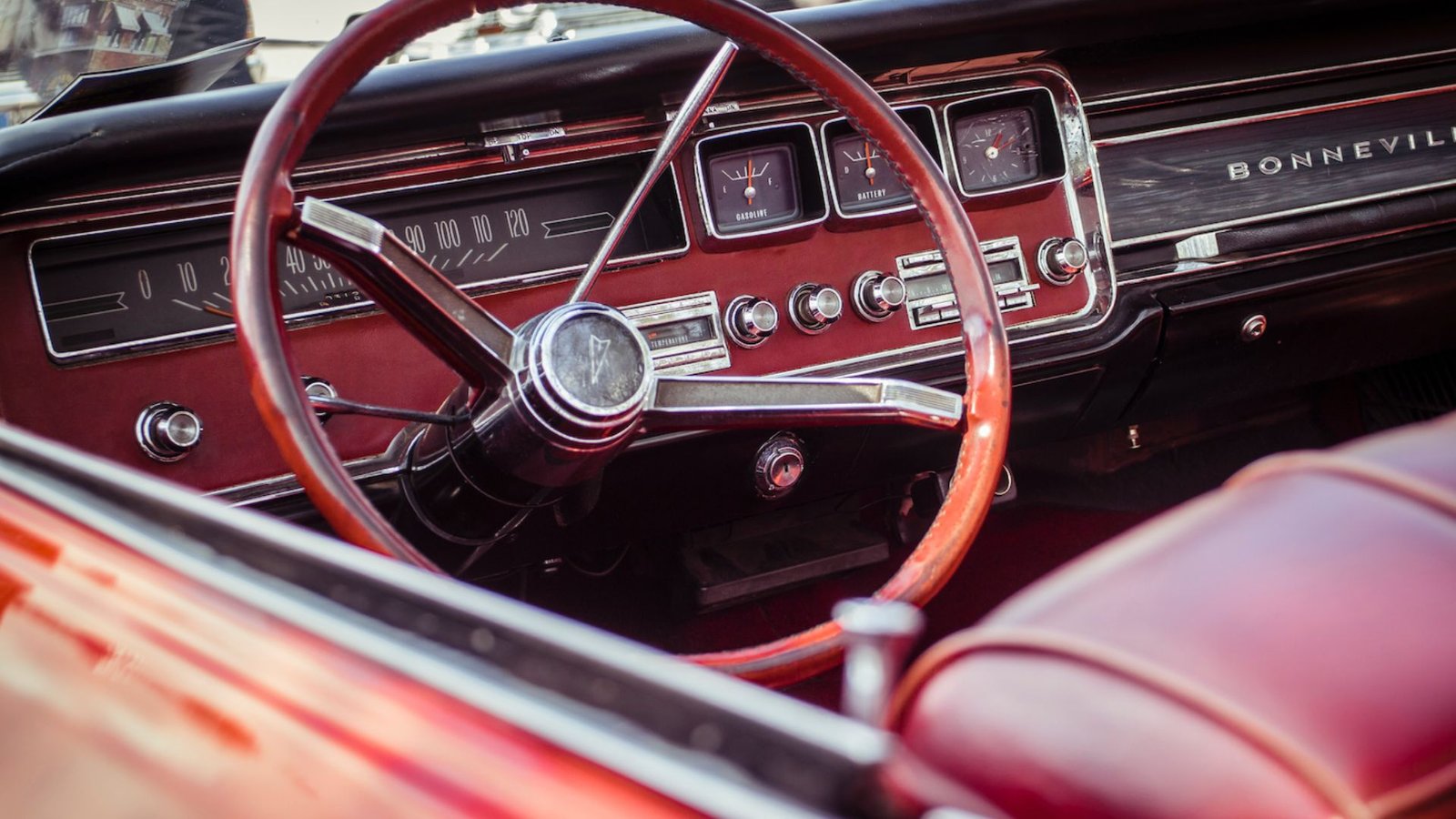Charging Your Electric Vehicle Faster
Charging your electric vehicle faster is a common goal for many EV owners. Whether you’re preparing for a long road trip or just want to ensure your car is ready to go each morning, understanding how to speed up the charging process can make your life easier. In this article, we’ll discuss several tips and techniques to help you charge your electric vehicle more quickly and efficiently.
Understand the Different Types of Chargers
To begin charging your electric vehicle faster, it’s important to understand the different types of chargers available. There are three main types: Level 1, Level 2, and DC fast chargers.
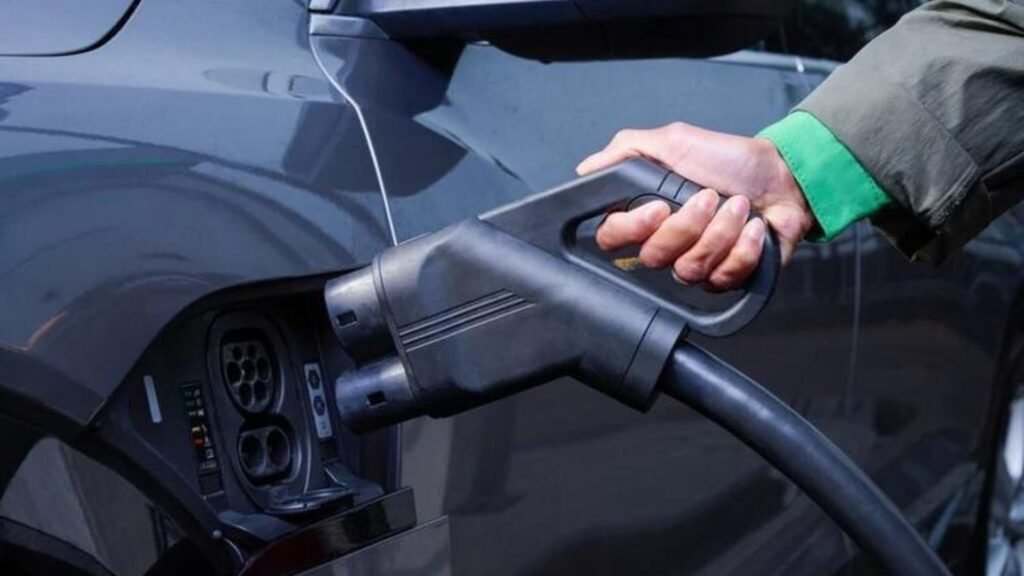
- Level 1 Chargers: These are the slowest chargers, usually found in standard household outlets. They can take up to 24 hours to fully charge an EV. While they are convenient for overnight charging, they aren’t the best option if you’re in a hurry.
- Level 2 Chargers: These chargers are faster and often installed at home or found in public charging stations. They can fully charge most electric vehicles in about 4-8 hours, making them a good option for daily charging.
- DC Fast Chargers: If you need to charge your electric vehicle faster, DC fast chargers are the way to go. These chargers can provide a significant charge in as little as 20-30 minutes. However, they are typically found at public charging stations, such as those along highways or at shopping centers.
Use a Dedicated Home Charging Station
One of the best ways to charge your electric vehicle faster is by installing a dedicated home charging station. A Level 2 home charger provides a higher power output compared to a standard outlet. This means you can fully charge your vehicle overnight, making it ready for use the next day. Moreover, having a dedicated charger at home adds convenience and can save you time by avoiding trips to public charging stations.
Optimize Charging Times
To maximize charging efficiency, it’s important to optimize the times when you charge your electric vehicle. Charging during off-peak hours, usually late at night or early in the morning, can help. Many utility companies offer lower electricity rates during these times, which not only saves you money but also reduces the charging time due to lower demand on the power grid.
Keep Your Battery Cool
Temperature plays a crucial role in charging speed. Batteries charge more efficiently when they are at an optimal temperature. Extremely hot or cold temperatures can slow down the charging process. To ensure you’re charging your electric vehicle faster, try to park and charge in a shaded or climate-controlled environment. Some electric vehicles also come with battery temperature management systems, which help maintain the ideal temperature for faster charging.
Utilize Fast Charging Networks
If you frequently need to charge your electric vehicle faster while on the go, consider utilizing fast charging networks. Companies like Tesla, Electrify America, and others have set up networks of DC fast chargers across the country. These stations are strategically placed along highways and in urban areas, making it easy to top up your battery quickly during long trips or busy days.
Maintain Your Battery Health
To consistently charge your electric vehicle faster, maintaining your battery’s health is crucial. Avoid letting your battery drain completely before recharging. Instead, try to keep it between 20% and 80% charged. This practice not only prolongs battery life but also ensures that your car charges more efficiently. Regular maintenance checks by a professional can also help identify any issues that might slow down charging.
Conclusion
Charging your electric vehicle faster is not just about saving time; it’s also about convenience and making the most of your EV ownership experience. By understanding the different types of chargers, using a dedicated home charging station, optimizing charging times, and maintaining your battery’s health, you can enjoy a quicker and more efficient charging process. Whether you’re on the road or at home, these tips will help ensure your electric vehicle is always ready to go when you are.
